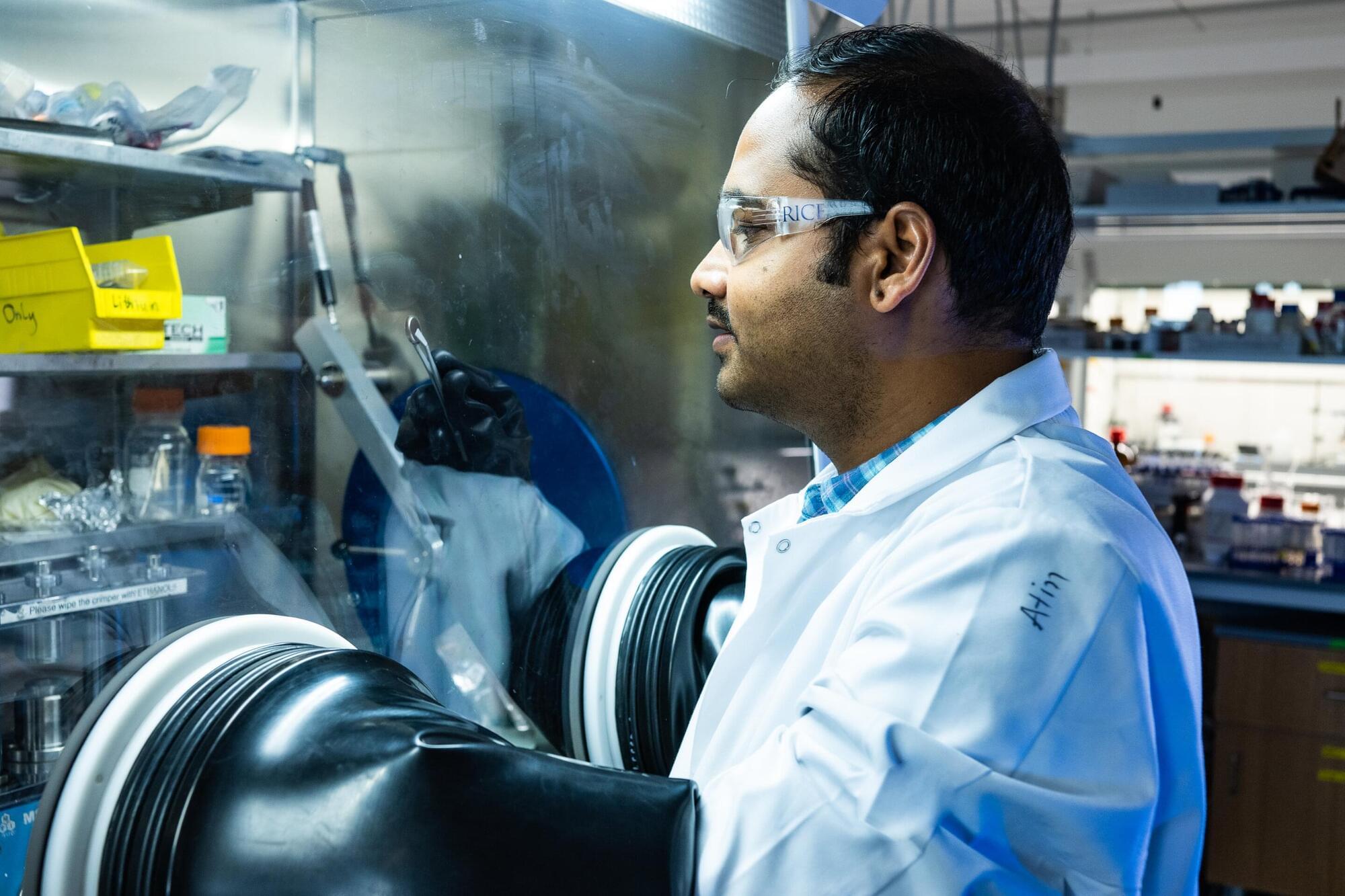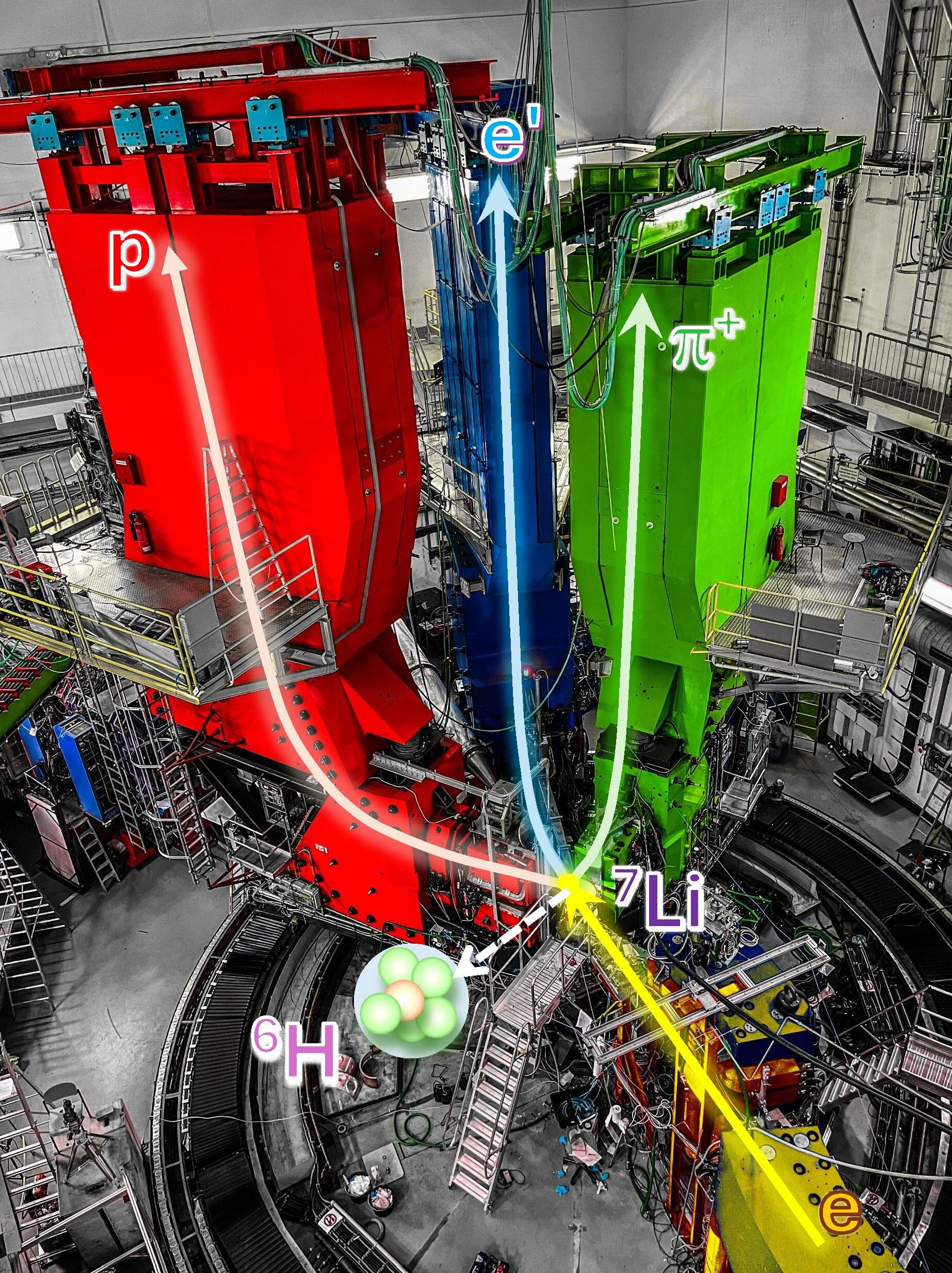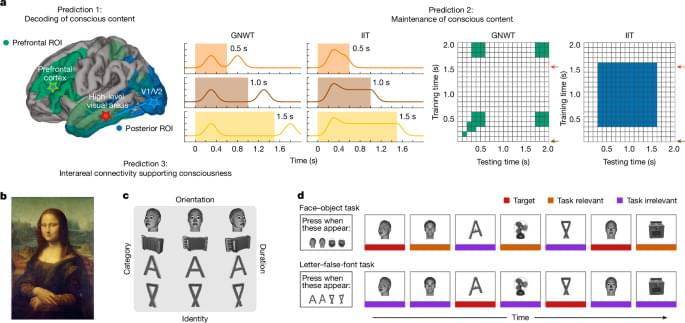As global demand for electric vehicles and renewable energy storage surges, so does the need for affordable and sustainable battery technologies. A new study has introduced an innovative solution that could impact electrochemical energy storage technologies.
The research is published in the journal Advanced Functional Materials. The work was led by researchers from the Department of Materials Science and NanoEngineering at Rice University, along with collaborators from Baylor University and the Indian Institute of Science Education and Research Thiruvananthapuram.
Using an oil and gas industry’s byproduct, the team worked with uniquely shaped carbon materials —tiny cones and discs—with a pure graphitic structure. These unusual forms produced via scalable pyrolysis of hydrocarbons could help address a long-standing challenge for anodes in battery research: how to store energy with elements like sodium and potassium, which are far cheaper and more widely available than lithium.







